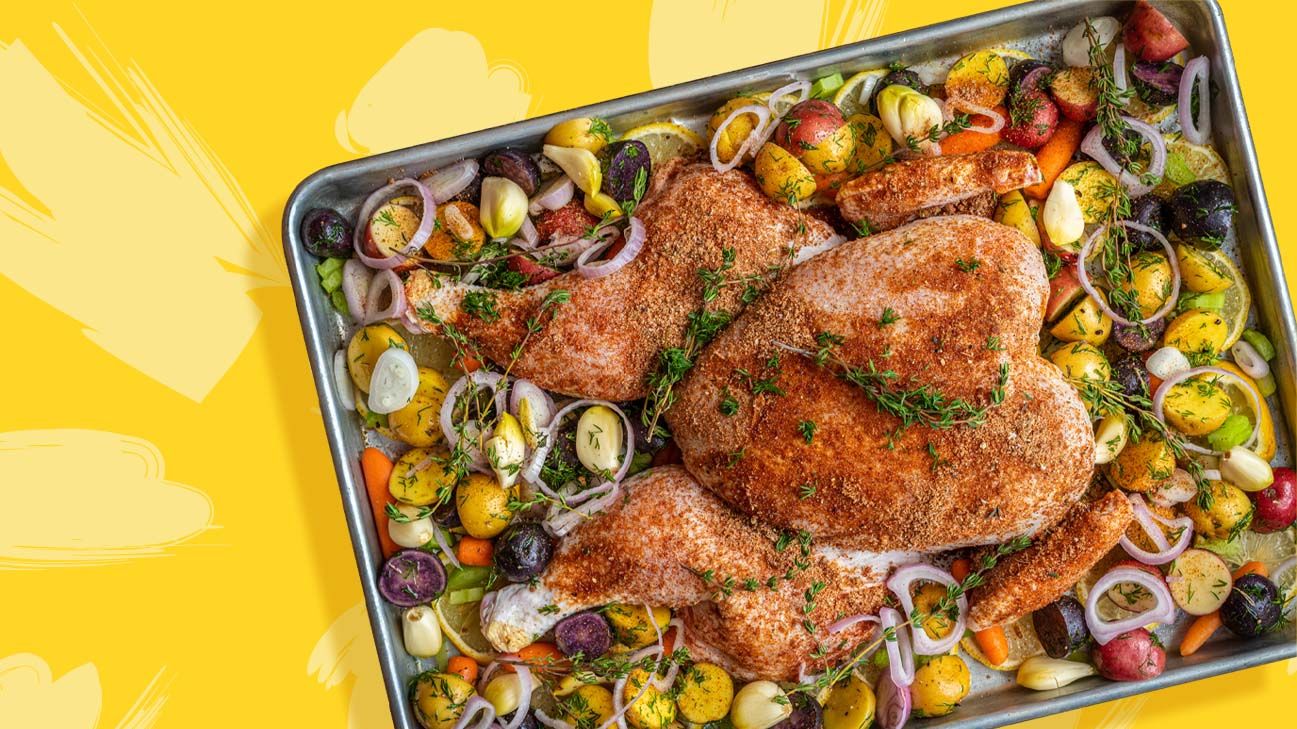What’s the very best way to guarantee a Thanksgiving turkey with moist breast meat and lots of crisp skin? Spatchcock it! Read on to find out what exactly that means, how to do it, and why you should.

Spatchcocking (or butterflying) is a technique that involves removing the backbone of a turkey (or chicken, or other bird) and cracking the breastbone so that it lays flat, like an open book. After spatchcocking, you can roast or grill your poultry.
Not only will spatchcocking turkey ensure plenty of crisp skin (since virtually all of it is out in the open), it makes it much easier to cook the white and dark meat evenly—meaning the breast will stay juicy. It cuts down on the total cooking time too, always a plus.
It’s not hard to do as long as you have heavy-duty kitchen shears or a sharp, heavy chef’s knife or cleaver (ideally, both).
Follow along with this video to see how to spatchcock like a pro:
Or, if you’re picking up a fresh turkey, ask your butcher to spatchcock your turkey for you.
If you refuse to be swayed by food safety recommendations or the lure of extra crisp surface area and you prefer to cook your stuffing inside the bird, you can still get the benefits of that method with a spatchcocked turkey.
Just roast the butterflied turkey over a bed of stuffing—but, be sure to keep the dressing on the dry side, since more liquid than usual will seep into it (making it extra delicious, but potentially soggy if you begin with a moist stuffing mixture).
You can also roast the spatchcocked turkey on a wire rack set over the stuffing, but keep the stuffing mixture completely beneath the bird so it won’t burn.
